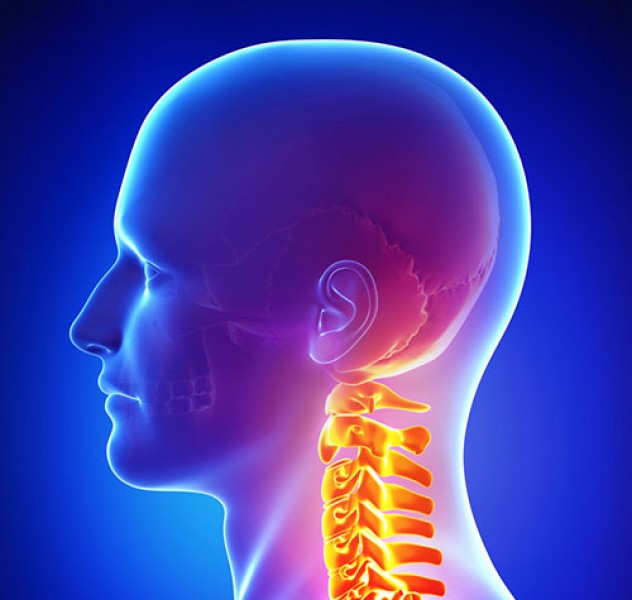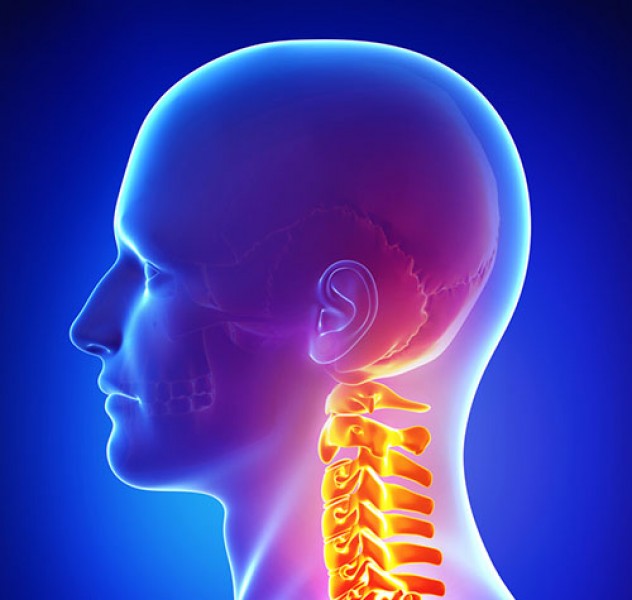 The area that causes the most discomfort when aches is our neck. When there is a problem with our neck, the pain radiates to our head, back and arms. The most important thing in this disease is to find the most experienced hands that uses the most advance technologies. Most of the patients with cervical herniated discs are treated without requiring surgery. However, if the physician thinks the surgery is necessary, avoiding the operation is like playing with fire. Refusing surgery instead of saving from pain for the rest of your life with a 40-minute microsurgery that has zero risk in experienced hands and suffering the pain and torment is denying logic and science.
The area that causes the most discomfort when aches is our neck. When there is a problem with our neck, the pain radiates to our head, back and arms. The most important thing in this disease is to find the most experienced hands that uses the most advance technologies. Most of the patients with cervical herniated discs are treated without requiring surgery. However, if the physician thinks the surgery is necessary, avoiding the operation is like playing with fire. Refusing surgery instead of saving from pain for the rest of your life with a 40-minute microsurgery that has zero risk in experienced hands and suffering the pain and torment is denying logic and science.
How Does A Cervical Disc Herniation Occur?
Cervical (neck region) spine is composed of seven vertebrae starting from the skull base. Spinal cord goes through the opening in the middle of every vertebrae. Senses that go back to the brain from various regions of the body and orders branching to the body from the brain travel in the spinal cord. Nerves that spread to arms and back from every vertebra in the neck are responsible for the sensation and movements of those regions. The disc tissue between the vertebrae have an exterior (annulus fibrosus) and an interior (nucleus pulposus) part. The softer cartilage-like interior part tears and bulges through the exterior which is a more strong connective tissue and compress the spinal cord and nerves, causing cervical herniated discs.
Symptoms of Cervical Herniated Discs
Patients complain of one-sided neck pain that radiates to arm. The pain spreads up to finger tips and may be accompanied by numbness. There may be weakness in the arm that pain radiates to. Patients complain of dropping heavy objects that they hold. Pain usually increases at night. If the compression progresses, it may cause loss of balance and trouble walking. The patient may become incontinent of urine and feces.
Diagnosis of Cervical Herniated Discs
MRI is ordered for definitive diagnosis. CT may work if MRI is unavailable, but MRI is preferred.
Treatment of Cervical Herniated Discs: most of the patients are treated with rest for one week and medications like pain killers, muscle-relaxants and sometimes cortisol. Occasionally, in a small group of patients the pain persists due to rest and treatment. A complicated situation with weakness in the arm, thinning of muscles, being unable to do work and decreased quality of life may be seen. If the physician thinks suitable, surgery then becomes an option.
Cervical Herniated Disc Surgery: Neck surgeries have become much easier with the advancing technologies. The hernia is reached with a small incision from the neck’s anterior and the surgery lasts for 30-40 minutes. A mobile prosthesis or material called cage is placed into the location of the emptied disc. The patient can stand up 6 hours after surgery and is discharged the same day. There is no risk of disability or paralysis in the operations that we perform with microsurgery. Patients can go back to work in 7-10 days.
Conditions that the Operation Shouldn’t be Delayed
– Trouble walking
– Dropping objects
– Loss of balance
– Pain that wakes the patient up at night
– Thinning of arm muscles

